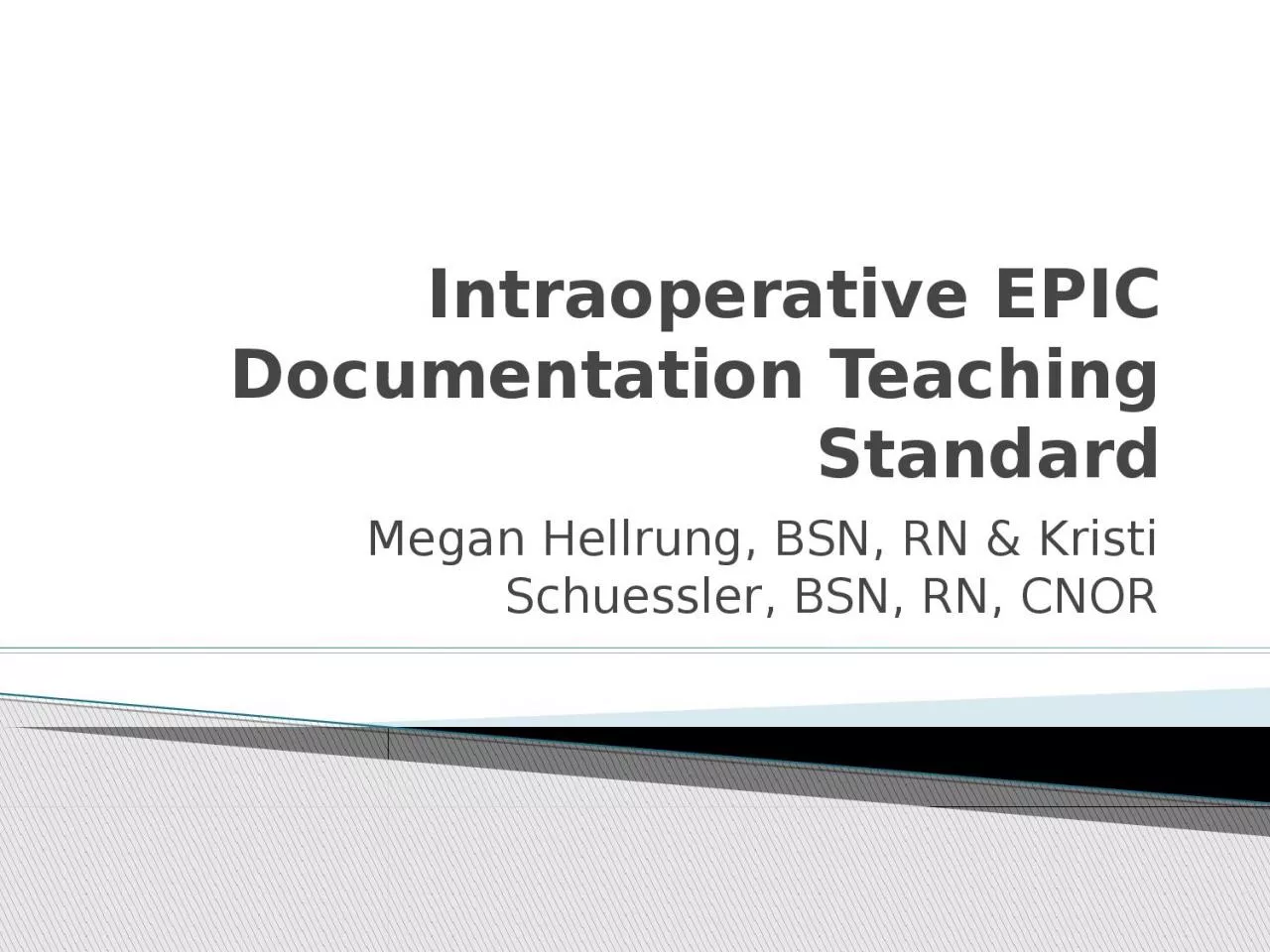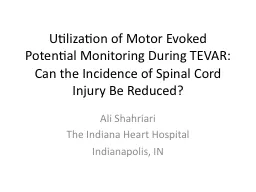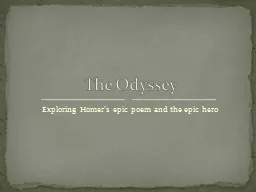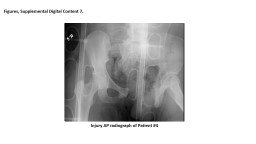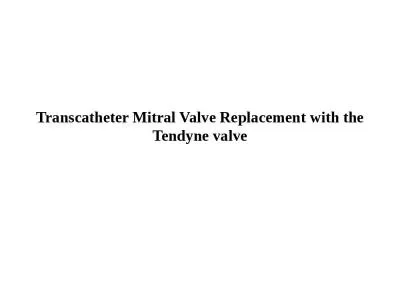PPT-Intraoperative EPIC Documentation Teaching Standard
Author : Heartstealer | Published Date : 2022-08-04
Megan Hellrung BSN RN amp Kristi Schuessler BSN RN CNOR Review current EPIC OpTime documentation practices amongst AIP OR Nurses Identify both collective and inconsistent
Presentation Embed Code
Download Presentation
Download Presentation The PPT/PDF document "Intraoperative EPIC Documentation Teachi..." is the property of its rightful owner. Permission is granted to download and print the materials on this website for personal, non-commercial use only, and to display it on your personal computer provided you do not modify the materials and that you retain all copyright notices contained in the materials. By downloading content from our website, you accept the terms of this agreement.
Intraoperative EPIC Documentation Teaching Standard: Transcript
Download Rules Of Document
"Intraoperative EPIC Documentation Teaching Standard"The content belongs to its owner. You may download and print it for personal use, without modification, and keep all copyright notices. By downloading, you agree to these terms.
Related Documents

